 This is a collection of 101 low-carb recipes that I have collected from around the web.
This is a collection of 101 low-carb recipes that I have collected from around the web.
All of them are healthy, sugar free and gluten free.
Skip directly to the appropriate section:
With each photo and recipe is a very short description. Click the link beside each image for the full instructions and more photos.
6 Low-Carb Breakfast Recipes (1-6)
Breakfast is a meal that many people struggle with when transitioning to a low-carb diet, but there are tons of excellent options available.
Some are quick to make and can be cooked on demand each morning, others are best prepared ahead of time.
Here are 6 excellent low-carb breakfast recipes:

1. Eggs and Vegetables, Fried in Coconut Oil
Ingredients: Coconut oil, carrots, cauliflower, broccoli, green beans, eggs, spinach and spices.
Instructions here.

2. Sausage and Egg Breakfast Bites
Ingredients: Dark greens, 1-2 cups of sausage, 8-10 eggs, a small bunch of parsley or other fresh herb.
Instructions with more photos here.

3. Cowboy Breakfast Skillet
Ingredients: Breakfast sausage, sweet potatoes, eggs, avocado, cilantro, hot sauce, raw cheese (optional), salt and pepper.
Instructions here.

4. Broccoli And Cheese Mini Egg Omelets
Ingredients: Broccoli, eggs, egg whites, cheddar, grated cheese, olive oil, salt, pepper and cooking spray.
Instructions with more photos here.

5. Tex Mex Scramble
Ingredients: Broccoli, eggs, egg whites, cheddar, grated cheese, olive oil, salt, pepper and cooking spray.
Instructions here.

6. Savory Cheese Chive Waffles
Ingredients: Cauliflower, mozzarella cheese, Parmesan cheese, eggs, garlic powder, onion powder, pepper, chives, parsley and sun-dried tomatoes.
Instructions with more photos here.
6 Low-Carb Lunch Recipes (7-12)
Another meal that people struggle with when changing their diet is lunch.
For people who don’t work at home, lunch needs to be quick, easy and portable.
Some of these recipes do require preparation, so you may need to make them in advance and bring them with you in a box.
Here are 6 great recipes for low-carb lunches:

7. Ground Beef With Sliced Bell Peppers
Ingredients: Coconut oil, onions, ground beef, spinach, spices and a bell pepper.
Instructions here.

8. Bacon-Wrapped Mini Meatloaves
Ingredients: Ground beef, bacon, coconut milk, cloves, chives, parsley, black pepper.
Instructions with more photos here.

9. Paleo Lettuce Wrap
Ingredients: Fat, chicken, mushrooms, onion, garlic, green onions, cilantro, lemon, soy sauce, chili garlic sauce, sesame oil, lettuce and avocado.
Instructions here.

10. Moroccan Meatballs
Ingredients: Parsley, paprika, cumin, salt, black pepper, lamb, coconut oil, onions, garlic, paprika, tomatoes, water and pistachios.
Instructions here.

11. Healthy Eggs Benedict
Ingredients: Butter, egg, ham slice, Lazy Hollandaise Sauce (mayonnaise, lemon juice, pepper)
Instructions here.

12. Primal Chili Cheese Dogs
Ingredients: Sweet potatoes, fat, hot dogs or sausages, ground beef, roasted tomatoes, chipotle peppers in adobe sauce, red onion, garlic, chili powder, cocoa powder (optional), salt, pepper and cheddar cheese. Instructions here.
9 Low-Carb Salad Recipes (13-21)
Salads can be very versatile meals. You can have them for breakfast, lunch or dinner.
They’re also easily portable if you put them in a food container.
Here are 9 salad recipes that are healthy, delicious, low in carbs and can be eaten at any time of the day:

13. Bacon, Egg, Avocado and Tomato Salad
Ingredients: Avocado, eggs, tomato, lemon wedge, bacon, salt and pepper.
Instructions with more photos here.

14. BLT Chicken Salad
Ingredients: Chicken breast, lettuce, tomato, Swiss cheese, bacon, hard boiled egg, Ranch dressing, pepper and parsley.
Instructions here.

15. Enchilada Chicken Mango Salad
Ingredients: Romaine, enchilada chicken, mango, avocado, salt and pepper.
Instructions and more photos here.

16. Everyday Paleo “No Potato” Salad
Ingredients: Cauliflower, eggs, red onion, celery, dill pickles,, Paleo Mayo, dill, garlic, yellow mustard and Black pepper.
Instructions here.

17. Chef Salad Ham Cups
Ingredients: Ham, lettuce, tomato, egg and cheddar cheese.
Instructions here.

18. Shrimp and Avocado Salad
Ingredients: Lime juice, olive oil, cilantro, pepper, salt, cilantro dressing, shrimp, avocados, lettuce or baby greens.
Instructions here.

19. California Grilled Chicken Avocado and Mango Salad
Ingredients: Chicken breast, avocado, mango, red onion, baby red butter lettuce, olive oil, white balsamic vinegar and pepper. Instructions with more photos here.

20. Superfood Salad
Ingredients: Coconut oil, chicken livers, grainy mustard, Himalayan pink salt, radishes, fresh seaweed, sauerkraut, kimchi, or fermented vegetable of choice, red onion, romaine or butter lettuce. Instructions here.

21. Macho Nacho Salad
Ingredients: Iceberg lettuce, beef, ham, hamburger meat, mozzarella cheese, cheddar cheese, tomatoes, yellow onion, jalapenos and black olives.
Instructions here.
More Low-Carb Salads
15 Low-Carb Meat-Based Main Dishes (22-36)
Assembling a healthy, low-carb meal is very simple. Just eat a protein source, a fat source and some vegetables.
Here are 15 delicious meat-based dishes:

22. Grilled Chicken Wings With Greens and Salsa
Ingredients: Chicken wings, spices, greens and salsa.
Instructions here.

23. Crispy Carnitas
Ingredients: Boneless pork shoulder/butt cut, salt, cumin, chili powder, cinnamon stick, bay leaf, garlic cloves and onion.
Instructions with more photos here.

24. Pizza Toppings Casserole
Ingredients: Italian sausage, mushrooms, eggs, heavy cream, pizza sauce, garlic powder, Italian seasoning and/or basil, pepperoni, green pepper, mozzarella cheese, red onion and red pepper. Instructions here.

25. Bacon and Eggs
Ingredients: Bacon, eggs.
Instructions here.

26. Carolina BBQ Meatballs
Ingredients: Pork, sugar substitute, paprika, salt, black pepper, cayenne pepper, cumin, celery salt, egg, almond flour, water, yellow mustard, Frank’s Hot Sauce, onion, apple cider vinegar, low sugar ketchup, salt and pepper. Instructions with more photos here.

27. Cheese Enchiladas
Ingredients: Cauliflower, eggs, mozzarella or Monterey jack cheese, onion, garlic, chili powder, oil, oregano, cumin, salt, pepper, pizza sauce and, cheddar cheese.
Instructions here.

28. Cheeseburgers Without The Bun
Ingredients: Butter, hamburgers, cheddar cheese, cream cheese, salsa, spices and spinach.
Instructions here.

29. Swedish Meatballs
Ingredients: Olive oil, onion, garlic, celery, parsley, beef, egg, breadcrumbs, salt, pepper, allspice, beef stock and cream cheese.
Instructions with more photos here.

30. Honey Mustard Cuban Pork Burgers
Ingredients: Sausage, plantain chips, egg white, bacon fat, garlic, garlic powder, salt, pepper, avocado, raw honey, dijon mustard, yellow mustard and arugula.
Instructions here.

31. Fried Pieces of Chicken Breast
Ingredients: Butter chicken breast, salt, pepper, garlic powder, curry and vegetables.
Instructions here.

32. Asian-Inspired Chicken Wings
Ingredients: Chicken wings, coconut oil, garlic, ginger, anise seed, fennel seed, coconut aminos, honey, coconut vinegar, fish sauce and sesame oil.
Instructions here.

33. Lamb Sliders With Ginger Cilantro Aoli
Ingredients: Lamb, sea salt, black pepper, garlic cloves, bacon fat, romaine lettuce, red onion, roma tomatoes, dill pickles, cilantro, lime, mayo, jalapeno and ginger.
Instructions with more photos here.

34. Fake Meat-Based Pizza… Meatza
Ingredients: Ground beef, salsa, onions, spices, garlic powder, shredded cheese and bacon.
Instructions here.

35. Greek Chicken Hash
Ingredients: Fat of choice, waxy potatoes or cauliflower, chicken thighs, garlic, pepperoncini peppers, oregano, zest, lemon juice, chicken stock, salt and pepper. Instructions here.

36. Bora Bora Fireballs
Ingredients: Coconut, salt, cayenne pepper, pineapple, coconut aminos, ginger, garlic, scallions, jalapeno, eggs and pork.
Instructions here.
10 Low-Carb Fish-Based Dishes (37-46)

37. Simple Herb Crusted Salmon
Ingredients: Salmon, coconut flour, parsley, olive oil, dijon mustard, salt, pepper, arugula, red onion, lemon, white wine vinegar, olive oil, salt and pepper.
Instructions here.

38. Buttery Catfish in a Creamy Shallot Sauce
Ingredients: Catfish, olive oil, shallot, butter, coconut milk, lemon and chives.
Instructions with more photos here.

39. Cheesy Tuna Casserole
Ingredients: Tuna, green beans, mushrooms, celery, onion, butter, chicken broth, heavy cream, salt, pepper, xanthan gum and cheddar cheese.
Instructions here.

40. Roasted Salmon and Vegetables With Coconut Aminos
Ingredients: Coconut aminos or tamari, sesame oil, olive or coconut oil, green onions, garlic, salmon fillets, green beans, mushrooms, red bell peppers, sea salt and black pepper. Instructions with more photos here.

41. Baked Salmon
Ingredients: salmon or other fish fillet, butter, garlic powder, salt and pepper.
Instructions here.

42. Broiled Fish With Summer Grape Tomato Sauce
Ingredients: Olive oil, garlic, grape tomatoes, salt, pepper, basil, olive oil spray and flounder.
Instructions with more photos here.

43. Grilled Swordfish With Peach and Avocado Salsa
Ingredients: Swordfish, coconut oil, apple cider vinegar, honey, lemon juice, garlic clove, cayenne pepper, salt, pepper, peaches, avocado, red onion, jalapeno, cilantro and lime juice. Instructions with more photos here.

44. Cod With Coconut Slaw And Pico De Gallo
Ingredients: Almond meal, coconut flakes, cayenne pepper, sea salt, pepper, egg, cod, avocado, tomato, red onion, jalapeno pepper, cilantro, lime juice, cabbage, carrots, mayonnaise, lime, Dijon mustard and honey. Instructions with more photos here.

45. Paleo Fish Sticks
Ingredients: Haddock, plantain chips and fat of choice.
Instructions here.

46. Halibut with Ginger Mango Salsa and Cilantro Sauce
Ingredients: Halibut, mango, red onion, ginger, garlic, red bell pepper, lime juice, cilantro, mayonnaise, cumin, hot sauce, coconut oil, sea salt and black pepper. Instructions here.
10 Low-Carb Side Dishes (47-56)

47. Bacon Wrapped Sweet Potato Fries
Ingredients: Sweet potatoes, bacon.
Instructions here.

48. Sautéed Peppers and Onions
Ingredients: Oil, green peppers, onion, salt, pepper and other desired seasonings.
Instructions here.

49. Basic Coleslaw
Ingredients: Shredded cabbage or slaw mix, mayonnaise, coconut milk or heavy whipping cream, vinegar, sugar substitute and pepper.
Instructions here.

50. Spicy Baked Cauliflower and Sweet Potatoes
Ingredients: Cauliflower, sweet potato, onion, fat of choice, paprika, cayenne pepper, oregano, red pepper, salt and pepper. Instructions here.

51. Roasted Baby Carrots
Ingredients: Baby carrots, oil and salt.
Instructions here.

52. Kale Chips
Ingredients: Kale, extra virgin olive oil and salt.
Instructions here.

53. Holiday Brussels Sprouts
Ingredients: Butter, onion, Brussels sprouts, walnuts, cherries, honey, balsamic vinegar, olive oil, salt and pepper.
Instructions here.

54. Paleo Oven Fried Green Tomatoes
Ingredients: Green tomatoes, almond flour, onion powder, garlic powder, cayenne pepper, eggs, olive oil, salt and pepper.
Instructions here.

55. Au Gratin Turnips
Ingredients: Turnips, onion, butter, cheese, heavy cream, chicken broth, salt, pepper, chives and Parmesan cheese
Instructions here.

56. Simple Cucumber Salad
Ingredients: Cucumbers, salt, green onions, cilantro, lemon juice, olive oil, lemon zest and pepper.
Instructions here.
More Low-Carb Side Dishes
10 Low-Carb Soups (57-66)

57. Czech Garlic Soup
Ingredients: Garlic, salt, marjoram, caraway seeds, black pepper, beef broth, ghee and parsley.
Instructions here.

58. Fish Soup in Tomato-Saffron Broth
Ingredients: Fish, butter, onion, garlic, tomatoes, tomato paste, dried dill, parsley, saffron threads, cauliflower or broccoli, cabbage and salt.
Instructions with more photos here.

59. Creamy Tomato Soup
Ingredients: Butter, onion, tomatoes, chicken broth, heavy cream, salt, pepper and parsley.
Instructions here.

60. Broccoli Cheese Soup
Ingredients: Butter, heavy cream, chicken broth, salt, mustard, cayenne pepper, broccoli, red bell pepper, cheddar cheese and chives.
Instructions here.

61. Cream of Asparagus Soup
Ingredients: Asparagus, butter, onion, chicken broth, sour cream, salt and pepper.
Instructions here.

62. Cream of Mushroom Bacon Soup
Ingredients: Heavy cream, chicken broth, Parmesan cheese, mushrooms, bacon, parsley, salt, pepper, thyme, red bell pepper, green onions, butter and garlic.
Instructions here.

63. Roasted Red Pepper and Avocado Soup with Sausages
Ingredients: Red peppers, avocado, yellow onion, garlic, coconut milk, vegetable broth, lime, paprika, red pepper flakes, oregano, fat of choice, salt, pepper, cilantro and sausage. Instructions here.

64. Creamy Pumpkin Curry
Ingredients: Sugar pumpkin, shrimp, carrots, yellow onion, zucchinis, coconut milk, chicken stock, coconut oil, ginger, garlic, coriander, turmeric powder and sea salt. Instructions here.

65. Bacon and Egg Breakfast Chili
Ingredients: Ground beef, yellow onion, tomatoes, beef stock, sweet potatoes, paprika, granulated garlic, chili powder, onion powder, lime juice, hot sauce, paprika, salt, bacon, eggs and avocado. Instructions here.

66. Minestrone-Inspired Soup with Quick Chicken Stock
Ingredients: Butter or olive oil, chicken, leeks, celery, salt, bay leaves, black peppercorns, tomato paste, tomatoes, carrots, green cabbage and kale. Instructions here.
More Low-Carb Soups
10 Low-Carb Desserts and Treats (67-76)

67. 3 Minute Chocolate Cake
Ingredients: Almond flour, cocoa, baking powder, low-calorie sweetener, butter and egg.
Instructions here.

68. Peanut Butter Chocolate Cheesecake
Ingredients: Macadamia nuts, cashews, pecans, erythritol, cocoa powder, butter, 85% chocolate, heavy cream, cream cheese, xylitol, peanut butter, eggs, sour cream and vanilla extract. Instructions here.

69. Magically Moist Almond Cake
Ingredients: Butter, low-calorie sweetener, eggs , heavy cream , vanilla , almond flour, coconut flour, salt and baking powder.
Instructions here.

70. Simple Blueberry Lemon Birthday Cake
Ingredients: Coconut flour, eggs, almond milk, raw honey, vanilla extract, lemon juice, lemon zest, baking soda, salt, blueberries, coconut oil, coconut cream or coconut butter Instructions here.

71. Simply Delicious Sugar-Free Cheesecake
Ingredients: Cream cheese, low-calorie sweetener, eggs, Greek yogurt, lemon juice, vanilla extract, almonds, butter, heavy cream and fresh fruit.
Instructions here.

72. Almond Coconut Bars
Ingredients: Coconut, almonds, almond butter, coconut oil, coconut flour, salt, Blackstrap molasses, vanilla extract and 85% dark chocolate.
Instructions here.

73. Chocolate Peanut Butter Ice Cream with Chocolate Shell
Ingredients: Coconut milk, cocoa powder, raw honey, instant coffee, cinnamon, salt, sunflower seed butter, coconut oil, sunbutter and vanilla extract. Instructions with more photos here.

74. Sweet and Salty Fudge Bombs
Ingredients: Pecans, dates, vanilla extract, cocoa powder, coarse sea salt and shredded coconut.
Instructions with more photos here.

75. Mexican Chocolate Coffee Cake
Ingredients: Eggs, coconut oil, coconut flour, cacao powder, chocolate, Blackstrap molasses, honey, vanilla extract, salt, baking soda, cinnamon and cayenne pepper. Instructions here.

76. Valentine’s Day Mousse
Ingredients: Dark chocolate, salt, coconut milk, vanilla or almond extract, coarse sea salt.
Instructions here.
More Low-Carb Desserts
My personal favorite low-carb dessert is frozen blueberries with whipped cream. It’s very simple and tastes awesome.
10 Low-Carb Snacks (77-86)

77. Almond Thins
Ingredients: Almond flour, low-calorie sweetener, egg white, salt, garlic powder and onion powder.
Instructions here.

78. Pizza in a Cone
Ingredients: Zucchini, eggs, cheese, mozzarella cheese, pizza sauce, pepperoni, green pepper, onion, ricotta cheese and black olives.
Instructions here.

79. Guacamole Bacon Stuffed Pepper Poppers
Ingredients: Sweet baby peppers, Haas avocados, lime juice, cilantro, chili garlic or hot sauce, salt and bacon.
Instructions here.

80. Beef Jerky
Ingredients: Ground beef, pepper and salt.
Instructions here.

81. Jalapeno Poppers
Ingredients: Jalapenos, cream cheese and bacon.
Instructions with more photos here.

82. Caveman Protein Bars
Ingredients: beef heart, spinach, kale, blueberries, apricots, coconut oil and tallow.
Instructions here.

83. Cauliflower Tater Tots
Ingredients: Cauliflower, Parmesan cheese, salt, pepper and onion powder.
Instructions here.

84. Cheese Roll-Ups
Ingredients: Mozzarella cheese, garlic powder, marinara or pizza sauce.
Instructions here.
More Low-Carb Snacks
If you don’t have time to cook and want something really fast and simple, then here are a few ideas:
- Some Cheese and Meat
- Full-fat Yogurt
- Hard-Boiled Eggs
- Baby Carrots
- Leftovers
- Nuts
10 Low-Carb Sauces, Dressings and Condiments (87-96)

85. Creamy Ranch Dressing
Ingredients: Greek-style yogurt, cultured buttermilk, dill, chives, white wine vinegar, kosher salt, tamari, onion powder, black pepper and garlic clove.
Instructions with more photos here.

86. Nearly Instant Blender Mayo
Ingredients: Egg yolks, apple cider vinegar, Himalayan pink salt, garlic puree, butter and olive oil.
Instructions here.

87. Dairy-Free Green Goddess Dressing
Ingredients: Avocado, coconut milk, lemon juice, garlic, anchovy fillets, parsley, basil, tarragon, salt and olive oil.
Instructions with more photos here.

88. Low Carb Honey Mustard
Ingredients: Mayonnaise, cider vinegar, yellow mustard, garlic powder, paprika and low-calorie sweetener.
Instructions here.

89. Alfredo Sauce
Ingredients: Butter, arrowroot, heavy cream, pepper, garlic, mozzarella cheese and Parmesan cheese.
Instructions here.

90. Guacamole
Ingredients: Avocados, lime juice, red onion, garlic, cilantro, salt and pepper.
Instructions here.

91. Simple Blue Cheese Dip
Ingredients: Sour cream, mayonnaise, blue cheese, bacon, white wine vinegar and garlic powder.
Instructions here.

92. Creamy Jalapeno Sauce
Ingredients: Mayonnaise, jalapenos, low-calorie sweetener, paprika, cumin, cayenne, garlic powder and salt.
Instructions here.

93. Spicy Pineapple Salsa
Ingredients: Pineapple, cucumber, jalapeno pepper, red onion, cilantro, olive oil, lime juice, salt and black pepper.
Instructions here.

94. American Cheese Sauce
Ingredients: Butter, heavy cream, american cheese and salt.
Instructions here.
More Low-Carb Sauces, Dressings and Condiments
10 Low-Carb Vegetarian Recipes (97-101)

95. Spinach & Lemon Quinoa Bake
Ingredients: Vegetable broth, quinoa, olive oil, egg replacer, onion, garlic, thyme, rosemary, red-pepper flakes, spinach, Tofutti sour cream, lemon zest, black pepper and nutritional yeast. Instructions with more photos here.

96. Roasted Eggplant Salad With Smoked Almonds And Goat Cheese
Ingredients: Eggplants, salt, olive oil, cider vinegar, honey, paprika, cumin, garlic, lemon juice, soy sauce, parsley, almonds, goat cheese and scallions. Instructions with more photos here.

97. Spicy Potato Curry
Ingredients: Baby spinach, tofu, potatoes, onions, tomatoes, chickpeas, coconut milk and peas.
Instructions with more photos here.

98. Raw Zucchini, Carrot and Cashew Salad Rolls
Ingredients: Zucchini, carrot, red capsicum, cucumber, julienned, coriander, mint leaves, cashews, salt, lemon juice, avocado, red onion, lime juice and tabasco. Instructions here.

99. Kale Salad with Creamy Lemon Tahini Dressing
Ingredients: Kale, cucumber, avocado, tomato, garbanzo beans, hemp seeds, tahini, lemon juice, garlic, salt and pepper. Instructions with more photos here.

100. Ginger, Citrus and Black Sesame Carrots With Edamame
Ingredients: Carrots, edamame, black sesame seeds, cilantro, avocado, orange juice, lime juice, salt, pepper, raw honey, ginger, sesame oil and grapeseed oil. Instructions here.

101. Oven-Baked Mexican Quinoa Casserole
Ingredients: Onion, garlic, quinoa, vegetable oil, tomatoes, nutritional yeast, tomato paste, cumin, oregano, chili powder, salt, pepper, black beans, corn kernels and baby spinach. Instructions with more photos here.
For more vegetarian recipes, check out Angela Thompson’s blog: VegAngela.
There is an Endless Amount of Awesome Recipes Out There
Here are more websites where you can find a ton of healthy low-carb recipes:
Make sure to subscribe to some of these awesome sites so that you never run out of meal ideas again!
The post 101 Healthy Low-Carb Recipes That Taste Incredible appeared first on http://authoritynutrition.com/



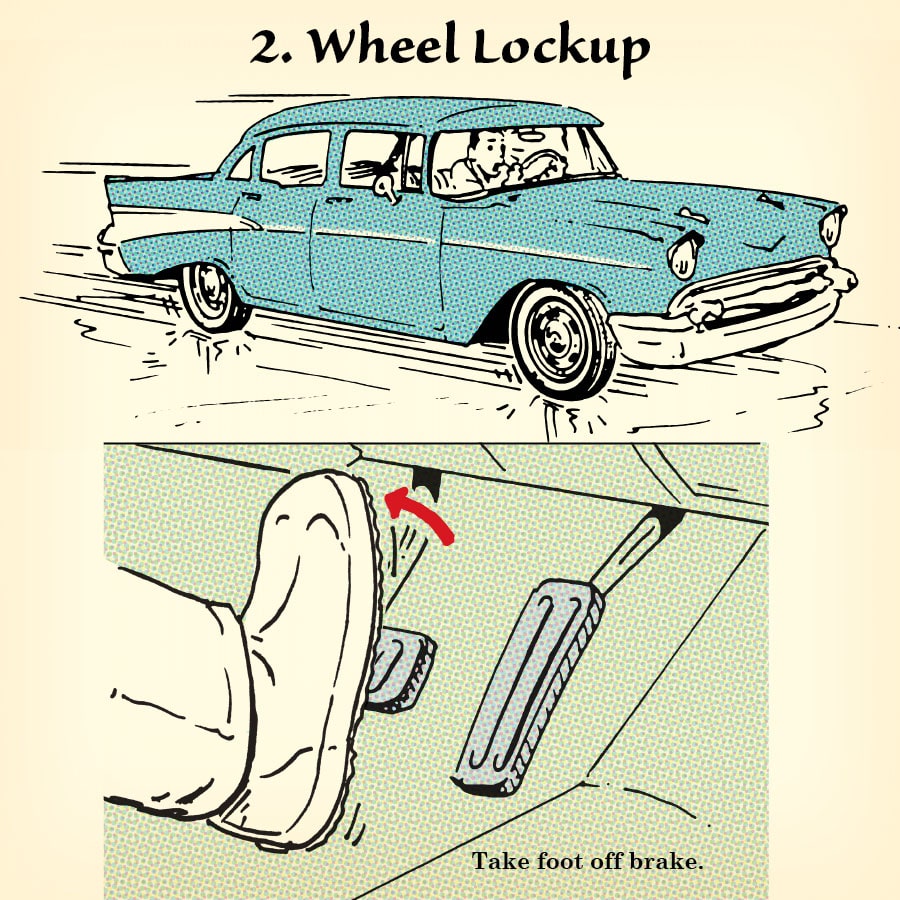

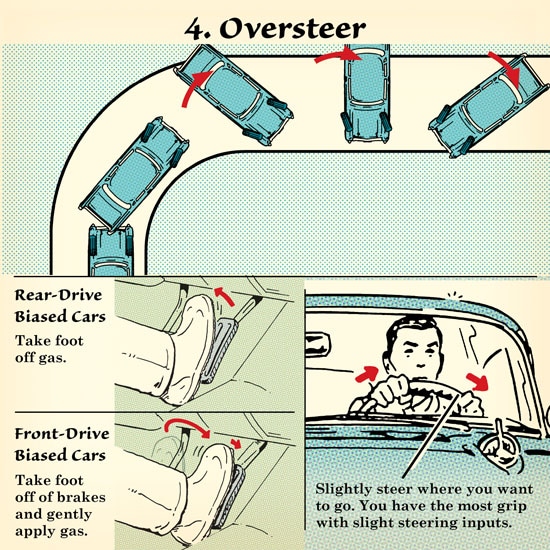

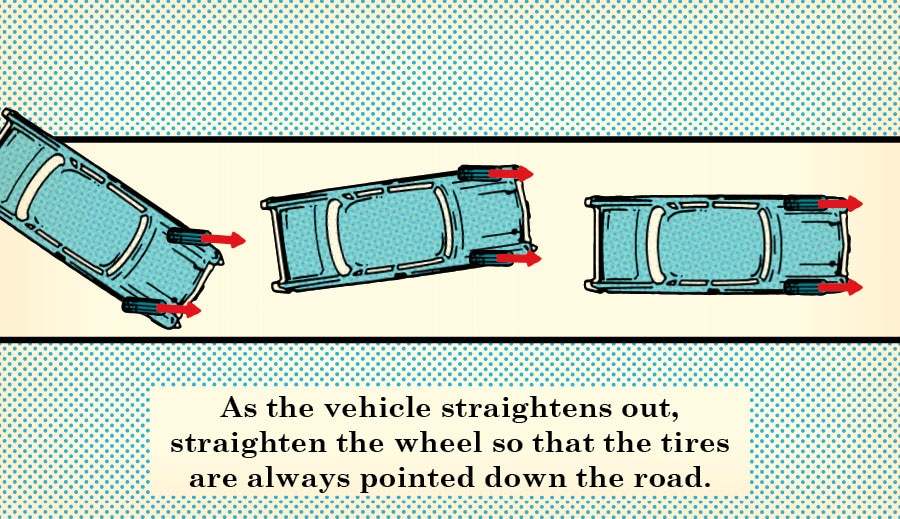












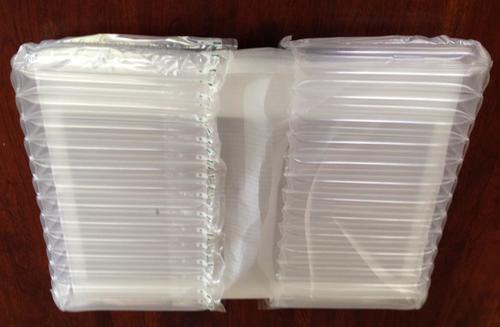

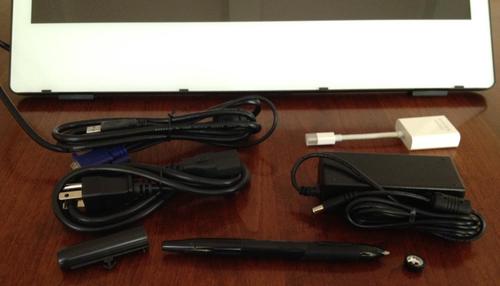





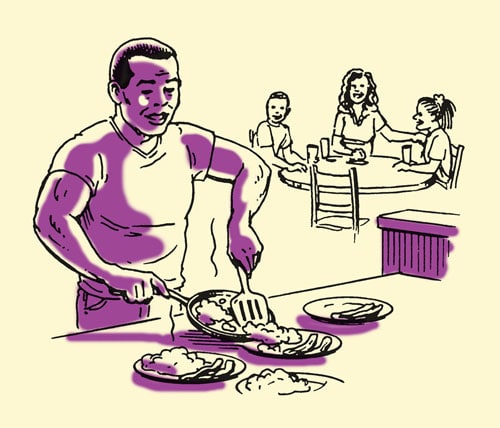





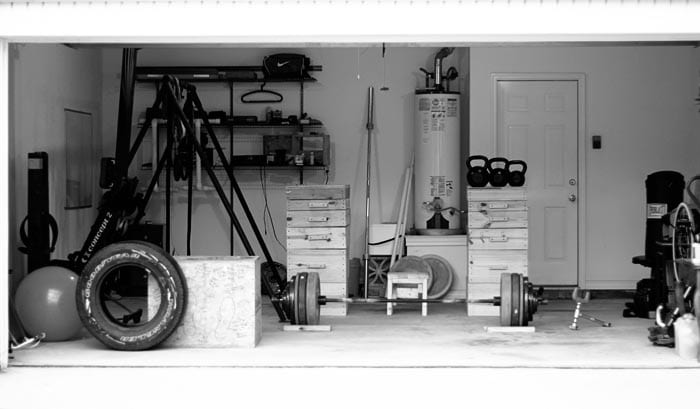






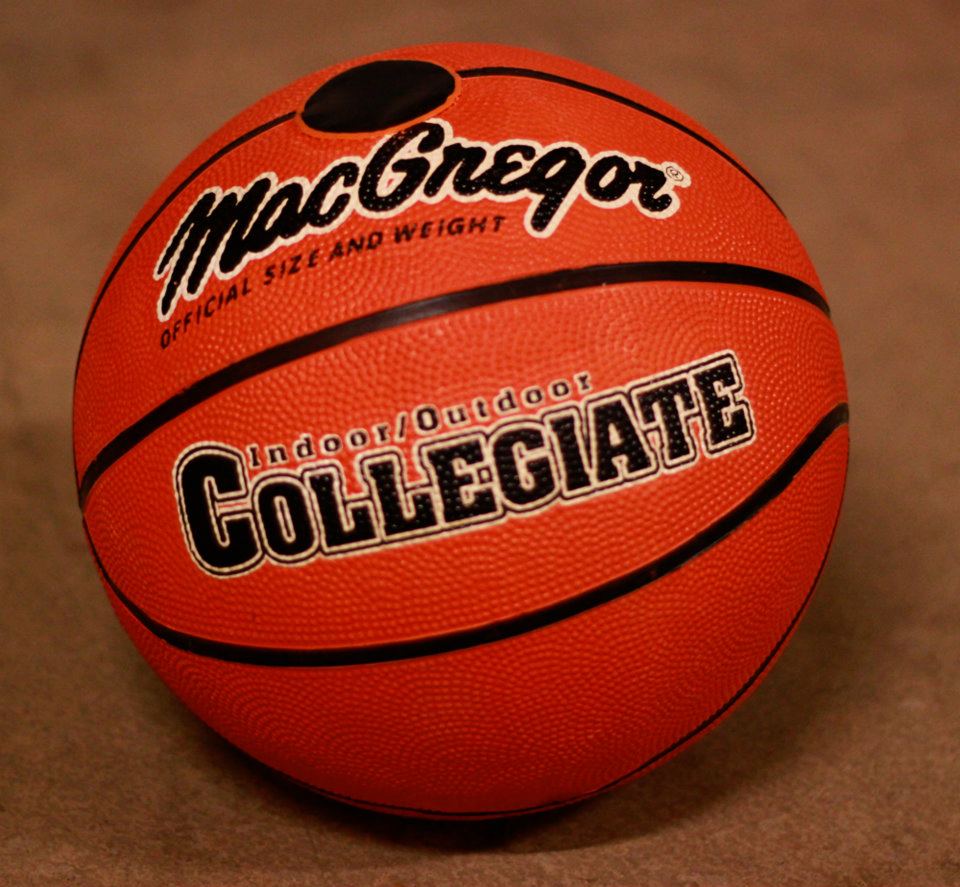












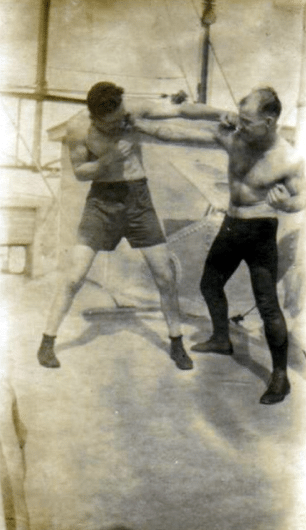

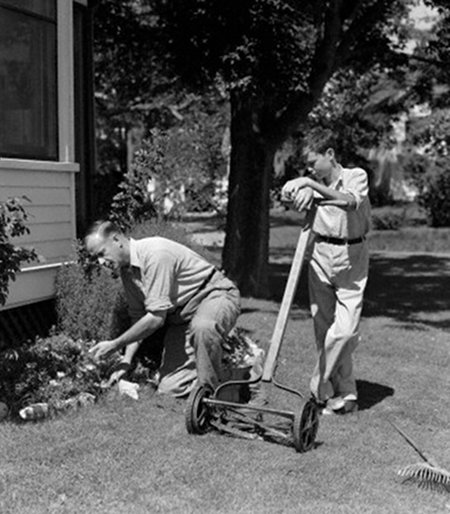

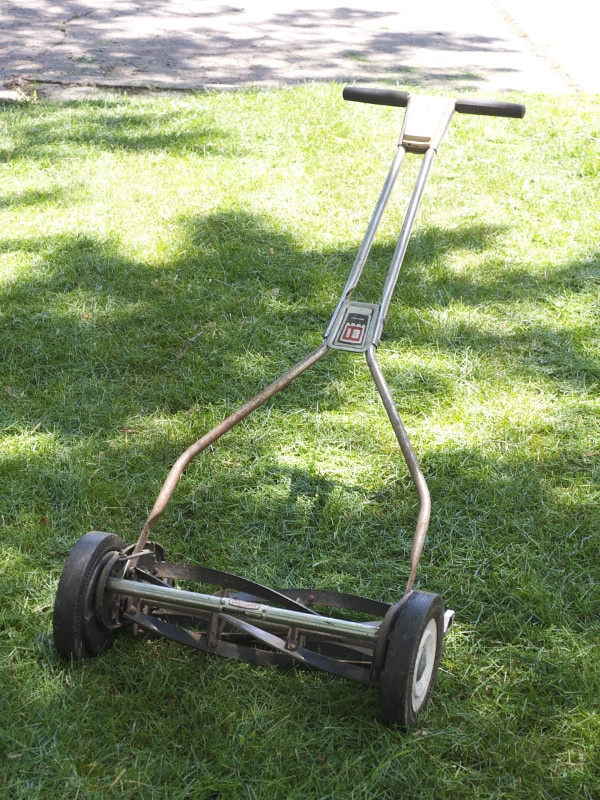

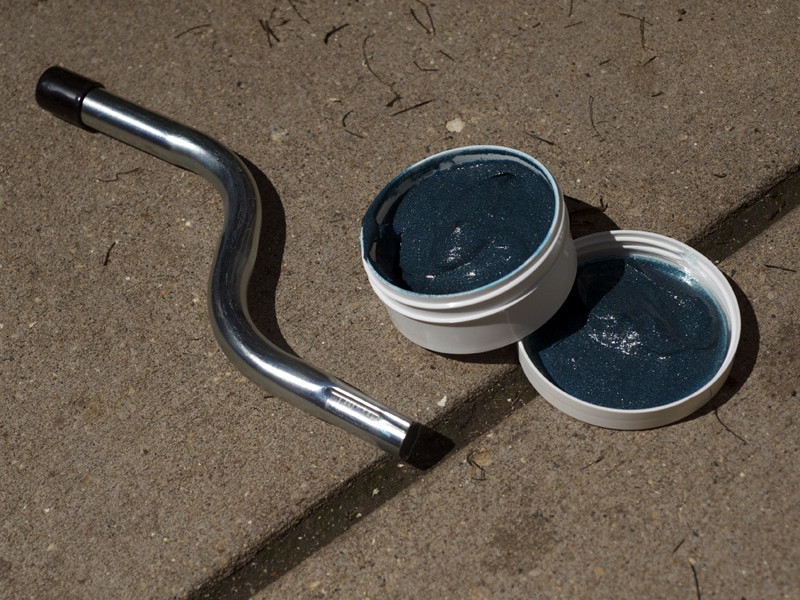
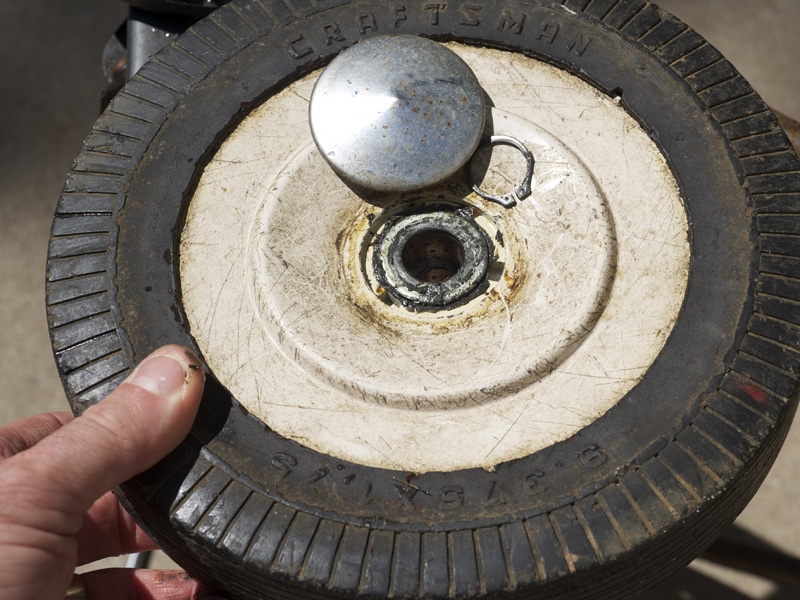
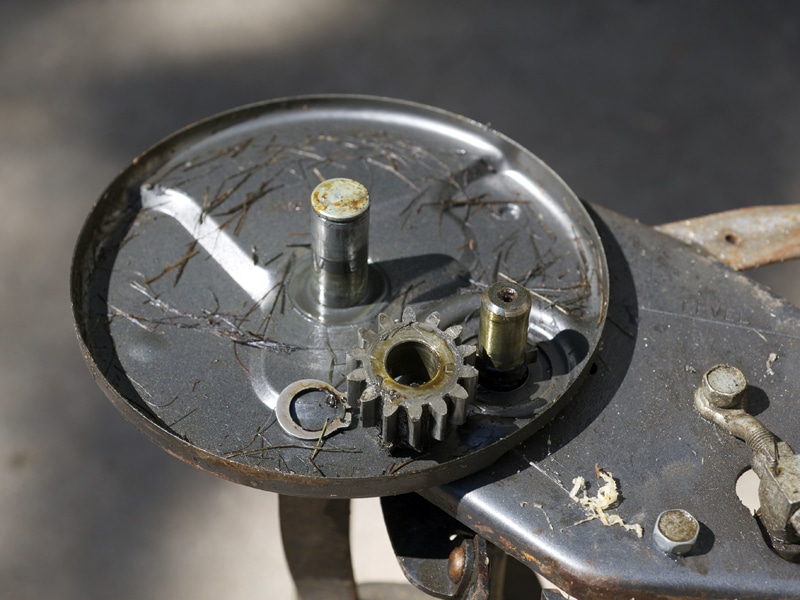



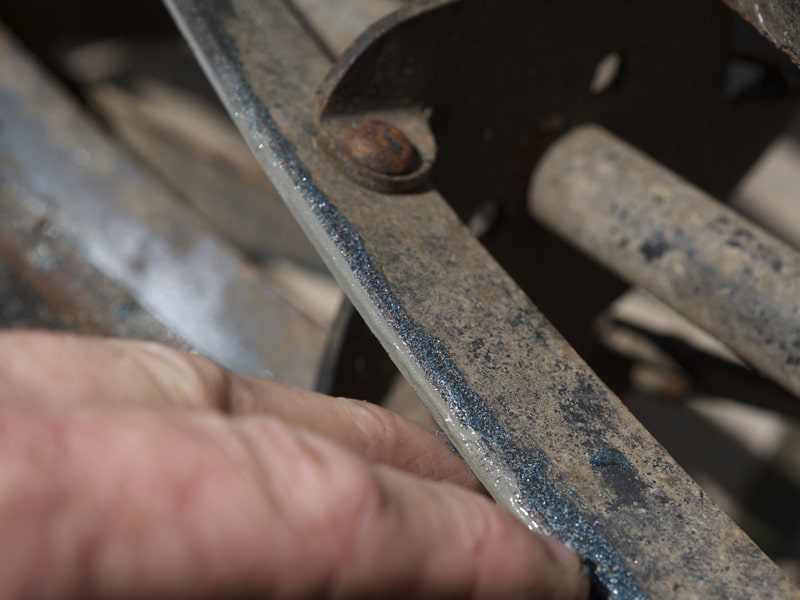
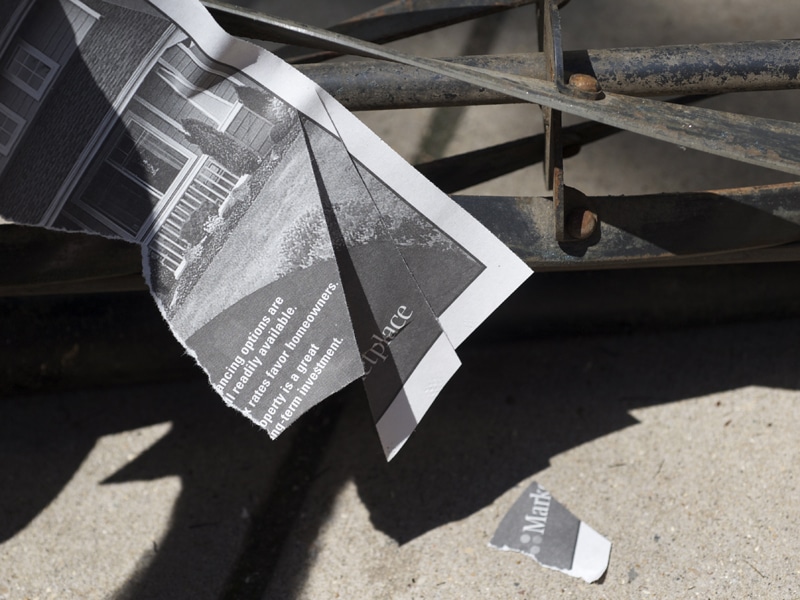
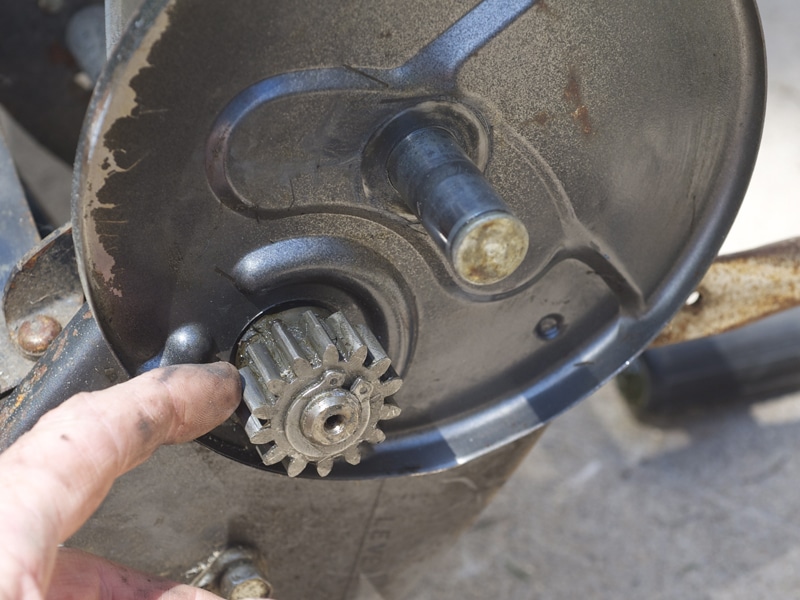
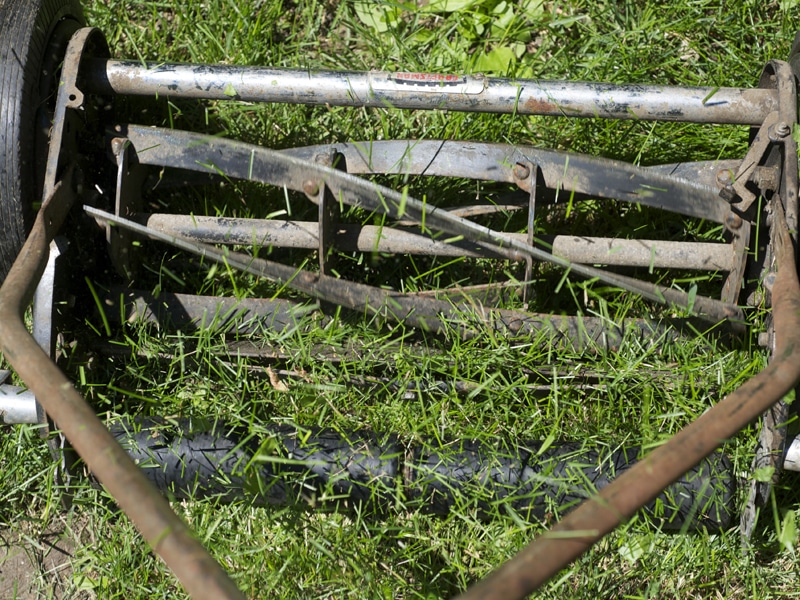








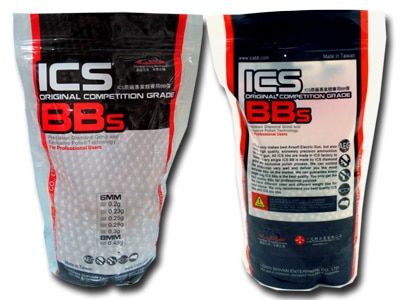



 This is a collection of 101 low-carb recipes that I have collected from around the web.
This is a collection of 101 low-carb recipes that I have collected from around the web.





































































































